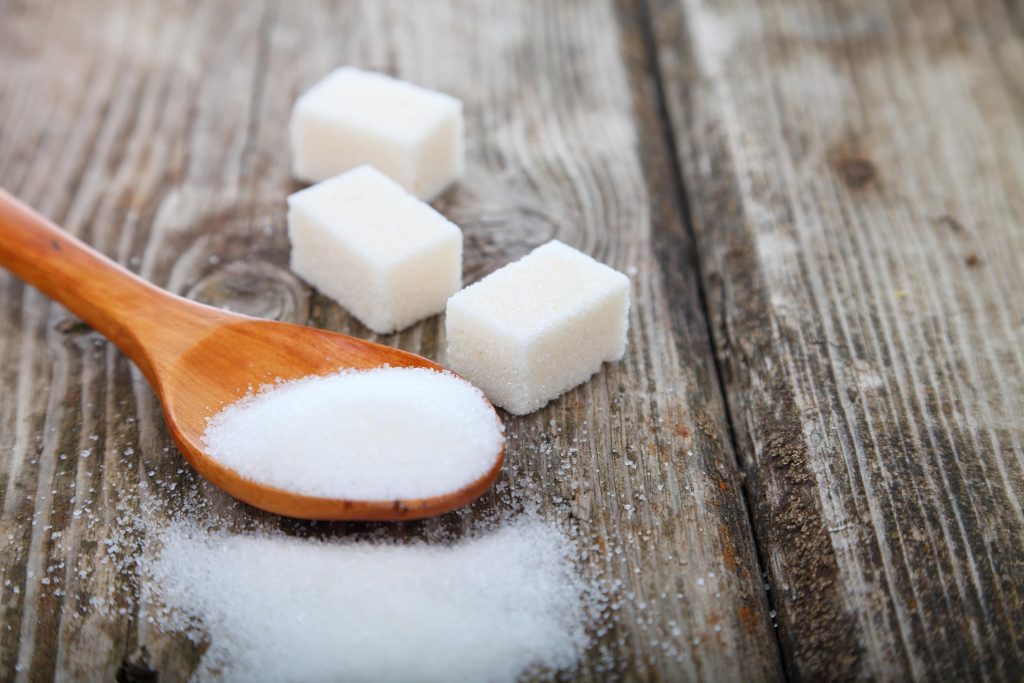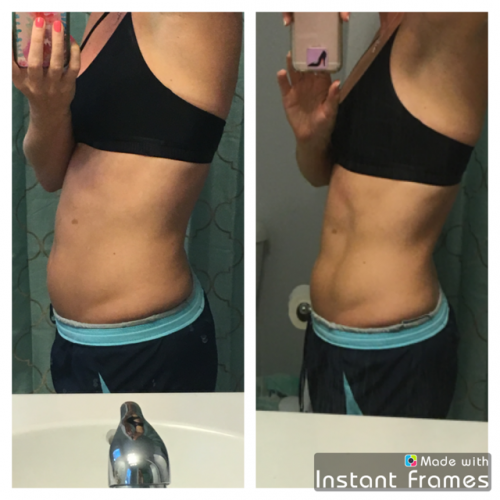
Just a Spoonful of Sugar
When I was growing up, my sugar intake was constantly being monitored by my parents. “You can only have one piece of Halloween candy after dinner! No sugar for you today–you’re already too hyper and I don’t want you to get cavities.” Fast-forward 20 years and here we are; sugar is still just as bad, we just choose to ignore its effects most of the time. Or on the flipside, we are totally unaware how much sugar is hidden in the “healthy” snacks we gravitate towards on a daily basis: smoothies, protein bars and even crackers. So what’s the deal? If sugar is so bad, why is it in practically everything in the American diet?
Oh, That Sweet Danger
No real surprise to any of us, excessive amounts of sugar (pretty much anything over the American Heart Association approved level of 24 grams per day) can tremendously impact your overall health. This includes anything from tooth decay, acne and weight gain to life-threatening issues like diabetes, heart disease and an increased risk of certain cancers. When you think of it that way, it kind of makes you want to start checking your food labels, right?
Cravings and Crashes
When you eat too much sugar, your blood sugar levels spike, which makes you feel temporarily energized, followed by a dramatic dip (and crash) in blood sugar levels. This means zero energy, irritability and lethargy. This overall can impact your mental wellness, aka anxiety and depression. And guess what? It’s not that simple to just completely cut out of your diet. Because sugar also affects your brain, the more we eat it, the more we crave it.
Make Some Changes
Start by make small changes to your diet. If you’re used to ordering sugary coffee drinks from Starbucks, ask to have the pumps of flavor (and sugar) reduced. Swap out sodas for sparkling water or herbal tea. Also, watch out for low-fat foods (yogurt, coffee creamer, peanut butter and salad dressings). Most of these may be low in fat, but higher in sugar and calories.


